6. A Clockwork Orange
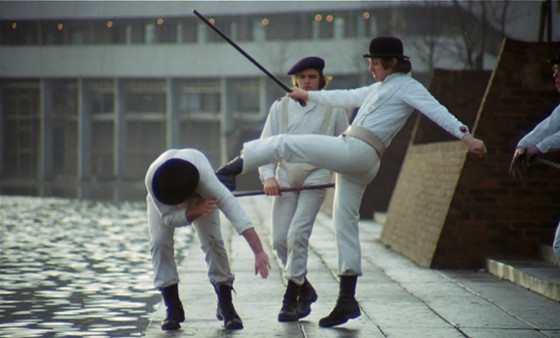
As far as the films discussed in this list go, Stanley Kubrick’s A Clockwork Orange is actually fairly faithful to its source material. In fact, Kubrick’s adaptation of Anthony Burgess’ celebrated science fiction novella keeps the story of Alex De Large mostly intact, with one significant omission – the book’s final chapter. Burgess, a heterodox Christian, wrote A Clockwork Orange as a grizzly meditation on that most Christian of concepts – free will.
Ultimately, the text portrays Alex’s free will as more important than him behaving like a decent human being. It’s questionable moral to be sure, but one that’s certainly in line with certain interpretations of the New Testament.
To top that off, Burgess ends his story with the most Christian theme of all – redemption. After a life of evil, Alex decides that he will be a good person, amending which makes Burgess’ assertion that free will is worth the unspeakable evils that come with it easier to stomach.
The novella’s American publisher disliked the ending and excised it, so the story ends with Alex with his free will newly restored, having a rape fantasy. Kubrick was only familiar with this edition of the book so that’s what was adapted by Kubrick who only learned of Burgess’ original ending after the film was made, telling reporters he would would have excluded it from his film anyway proving himself to be cinema’s ultimate misanthrope.
7. The Masque of the Red Death
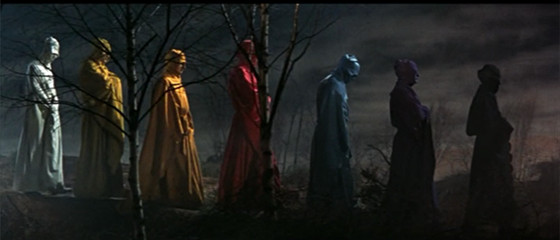
Edgar Allan Poe’s “The Masque of the Red Death” is the most effective moment motive in all of literature. It’s all the more impressive because it’s only a few pages long. Given its brevity, “The Masque of the Red Death” is not ideal fodder for a feature film. Aesthetic concerns never stopped Roger Cornam.
Following the success of several Corman films based on Poe stories more suited for feature length, American International Pictures had the B-movie King adapt “Masque” for the screen with mixed results. To stretch the tale to feature length, Corman used the story for the movie’s final scene. The rest of the film is an uneasy mix of highbrow and lowbrow. In several scenes, Corman successfully mimics The Seventh Seal.
Though he was worried critics might see him as a plagiarist, the inspiration he draws from Blergman never crosses the line into theft. Other parts of the film are trademarked Corman schlock, including with the protagonist of the short story reimagined as a devil-worshiper – a move which made more sense at the time, since Old Scratch was in vogue in horror – and some highly questionable special effects, such as when a little girl is dubbed over with a woman’s voice in a vain attempt to trick the audience into thinking they are watching an adult dwarf. To the Poe fanatic, the film is blasphemy; to Harold Bloom acolytes, it’s exactly what Poe deserves.
8. Tropico
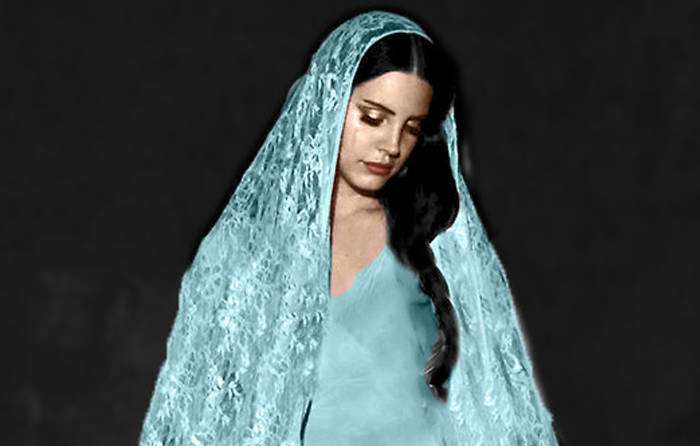
When Lana Del Rey touted her long-awaited short film Tropico as being based on “the biblical story of sin and redemption,” some fans thought they would be treated to a stylized Bible adaptation. “Stylized” is the understatement of the century. We open in a Garden of Eden inhabited by Adam, Eve, Christ, Elvis Presley, Marilyn Monroe, and God (who is also John Wayne).
After humanity’s progenitors eat the forbidden fruit, they are brandished to modern day Los Angeles where Adam becomes a gangster and Eve becomes a stripper in a montage set to a reading of Allan Ginsburg’s “Howl.” Yes, this all actually happens.
Like her predecessor, Amy Winehouse, Del Rey loves name dropping important figures in her music. When all these figures are portrayed on the screen together, it comes off as ridiculous. Watching the film, the big question is whether Del Rey understands how gaudy and portentous this all is. At the end of the picture, the Rapture happens, and Adam and Eve are lifted into the air as flying saucers can be seen in the background. The joke was on us.
9. Snow White and the Seven Dwarfs
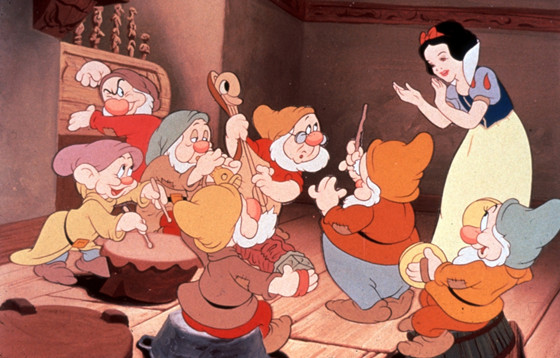
Usually, when Walt Disney Animation creates their version of a popular story, it becomes the definitive film version of that story. There are exceptions (the studio’s version of The Hunchback of Notre Dame will never be as revered as the 1939 film starring Charles Laughton) but Snow White and the Seven Dwarfs, the first feature length animated movie, is not one of them.
A winning combination of sight, song, sweetness, and darkness have helped the film to age far more gracefully than most of the studio’s later picture that tried to be hip. And while Snow White included some memorably Gothic moments, it significantly tones down the violence of the original German fairy tale collected by the Brothers Grimm.
In the Grimm’s story, Snow White and her prince got horrific revenge on the evil queen, forcing her to wear a pair of red-hot iron slippers and dance until she drips dead. Apparently, Snow’s kingdom has no laws against cruel and criminal punishment. Disney’s ending where Prince Charming rides off with Snow White to his castle, may have seen a touch more palatable to audiences.
10. Alice in Wonderland (2010)
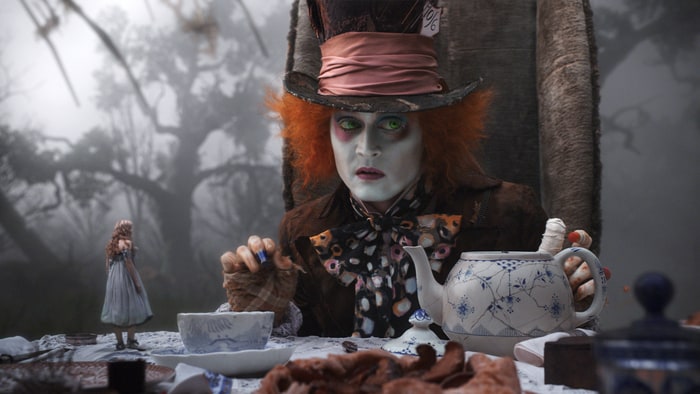
Tim Burton’s Alice in Wonderland isn’t an adaptation of either of Lewis Carroll’s Alice books so much as sequel to both of them. It also manages to work in bits and pieces of The Lord of the Rings, The Chronicles of Narnia, The Phantom Menace, and The Myth of Saint of George and the Dragon, so Burton’s Alice could be seen as a loose adaptation of all of those disparate sources.
In this CGI laden blockbuster, the rivalry between the Red and White Queen from Through the Looking Glass is no longer friendly rivalry but all-out war, with Wonderland looking like General William Tecum Sherman just marched through it.
Also, Alice is no longer an inconsequential visitor to Wonderland but the fulfillment of some sort of ancient prophecy which says she must get a magical sword and lead an army to save Wonderland. The transformation of Alice from the everygirl to a combination of King Arthur and Joan of Arc, is an idea which manages to be both bonkers and stale; why dilute Carroll’s legendary wit into bland action? Because man’s heart is desperately wicked, Burton’s artistic decisions were rewarded handsomely and his film became one of the first few to earn over a billion dollars at the box office.